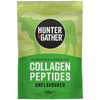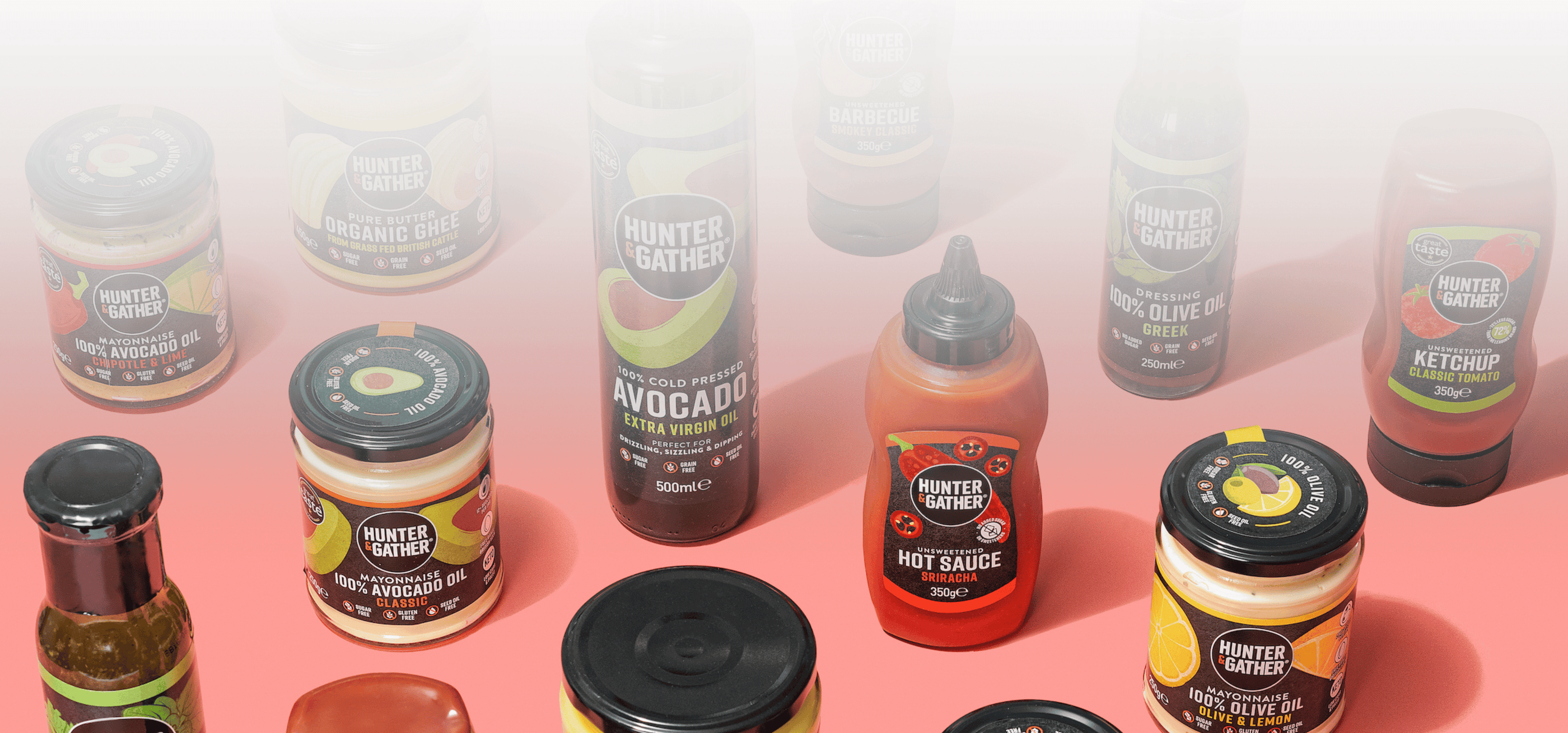Ice baths are a simple and effective way to enjoy the benefits of cold water therapy for the body and mind - here are 7 amazing benefits of ice baths.
What are Ice Baths?
You may have already guessed it, but ice baths are cold baths which utilise ice for a further temperature drop. Cold water therapy has been shown to have a number of health benefits and ice baths are a great way to enjoy the benefits of exposing the body to extremely cold temperatures.
Ice baths have long been used by professional athletes to help prevent muscle soreness and injury following a workout. More recently, they have become popular with a much bigger audience thanks to their wider health benefits.
7 Health Benefits of Ice Baths
Enjoying just 10-15 minutes in an ice-cold bath could provide a number of health benefits. Here are some of the main benefits of ice baths.
- Muscle repair and recovery
Research has found that submersion in an ice bath post-workout is an effective way to reduce the severity of Delayed Onset Muscle Soreness (DOMS) and the risk of muscle damage or injury.
Whilst there is mixed research about the underlying mechanisms of these benefits, ice baths have been used by athletes and fitness enthusiasts for decades with effective results.
- Improved circulation
When exposed to low temperatures like an ice bath, blood rushes from the extremities towards the core - to protect vital organs and keep them warm.
Your heart is forced to work more efficiently, pumping blood away from the surface of the skin and deep into blood vessels. This increases the supply of oxygen and essential nutrients to tissues throughout the body.
Poor circulation is a key contributor to common complaints such as muscle aches and pains, fatigue and headaches. It also increases the risk of high blood pressure and heart disease, so enjoying a regular ice bath could help to improve circulation and so reduce these symptoms and risks.
- A natural boost of energy
There's nothing more energising than plunging your body into ice-cold water! Immediately you will feel alert with a surge in adrenaline. That's your survival instincts kicking in, recognising that you won't survive in that temperature for long and preparing you to get out of there!
The good news is that you can get out of there, but can enjoy a short immersion first to enjoy the benefits of cold water before safely warming up again. One study found that cold water plunging increased energy metabolism almost instantly - helping to energise both body and mind for as long as 30 minutes after submersion.
- Could improve your mood
Ice bathing could help to improve your mood as the process releases endorphins and stimulates the production of norepinephrine. These are important neurotransmitters for happiness and studies have found that the higher their levels, the lower the risk of depression.
Many people who use ice baths regularly are also firm believers that by repeatedly challenging their body and mind to such cold temperatures, they gain a huge sense of mental strength and achievement.
- Stress & mental resilience
Interesting research has found that exposing the body to the cold temperatures of an ice bath could help to train the vagus nerve and build stress resilience.
When we are stressed, a surge of cortisol is released to quicken our heart rate, increase breathing and heighten focus. This is a survival response which was important in ancestral times to evade threats such as predators, but something which is chronically over activated in the modern world - where constant alerts, deadlines and busy schedules cause stress.
The vagus nerve is a complex system of nerves which connect the brain to the abdominal organs. When a stressor is over, the vagus nerves respond by lowering cortisol levels by dampening the stress response and helping the body to recover.
Plunging the body into an ice bath has been found to activate the vagus nerve, by exposing it to cold temperatures. Over time and with repeated activation, this could help to build better mental resilience to stress.
- Metabolism & weight loss
Some research claims that cold water exposure activates something called 'brown adipose tissue' or 'BAT'. This is a type of fatty tissue in the body which is activated when we are cold.
One study found that by activating BAT, ice bathing could help to upregulate metabolism and increase energy consumption, helping to support a calorie deficit and so weight loss.
However, it should be noted that more research is needed in this area, as the impact of cold water therapy on weight loss seems to be very modest.
Having said that, given the many other benefits of ice baths, there is certainly no harm in incorporating this into your healthy routine to support your weight loss journey.
- Enhance immune function
Exposing your body to cold temperatures has been found to increase the concentration of glutathione in plasma.
Glutathione is a powerful antioxidant which helps to fight off damaging free radicals in the body, protecting from damage at a cellular level. Glutathione has also been shown to help increase the production of natural killer (NK) cells, which are vital for immune function and fighting off bacteria.
As well as this, cold water immersions have been found to lower levels of inflammation at a local level - such as with muscles after exercise.
How to Enjoy Ice Bathing at Home
The benefits of ice baths are best enjoyed with regular cold water immersions - so how can you enjoy an ice bath at home to make this realistic and convenient?
The best way to recreate an ice bath at home is to fill your bathtub halfway with cold water (your body will raise the water volume, so you don't need to fill it up). Next, empty 3 x 2kg bags of ice into the water, one at a time. The temperature will drop gradually and when it hits between 13-16C, you are ready to plunge in.
It is recommended that you stay submerged in your ice bath for no longer than 15 minutes. When the time is up, be sure to warm up again with a slightly warmer shower before drying off and getting dressed.
If you don't have a bath at home you can also buy outdoor or portable ice bath tubs online. These can be surprisingly affordable and some also offer the choice for vertical and standing submersions, if you prefer that to laying down.
Benefits of Ice Baths Over Other Cold Water Therapy Techniques
Other ways to enjoy the benefits of cold water therapy include brisk cold showers and wild swimming - so will they all have the same effect or is there one method which trumps the others in terms of health benefits?
Whilst all of these methods allow the benefits of cold water to be enjoyed to some extent, some think that ice water baths enhance these benefits and are the gold standard of cold water therapy techniques.
It is thought that as ice baths allow for full body submersion, they can achieve much lower temperatures than cold showers. With a cold shower, there is only so low the temperature can go, whereas keeping ice in the bath breaks through this threshold and keeps temperatures as cold as possible for longer.
Whilst more research is needed, the general consensus is that the lower the temperature - the better the benefits of cold water therapy.
Risks and Dangers of Ice Baths
As with any cold water treatment, there are some risks involved with exposing the body too low temperatures. Fortunately, by containing the environment to a tub - the risks are vastly reduce for ice baths and cold showers compared with wild swimming.
However, it is always recommended to limit your ice bath to no more than 15 minutes and be sure to warm up afterwards by getting dried, dressed and enjoying a hot bulletproof coffee!
As ever, you should always check with a medical professional if you have any health conditions before starting any cold water therapy.
References
- https://www.tandfonline.com/doi/pdf/10.3402/ijch.v61i3.17474
- https://link.springer.com/article/10.1007/s40279-015-0431-7
- https://pubmed.ncbi.nlm.nih.gov/22141210/
- https://pubmed.ncbi.nlm.nih.gov/18338948/
- https://www.ncbi.nlm.nih.gov/pmc/articles/PMC3131098/
- https://www.ncbi.nlm.nih.gov/pmc/articles/PMC6466122/
















